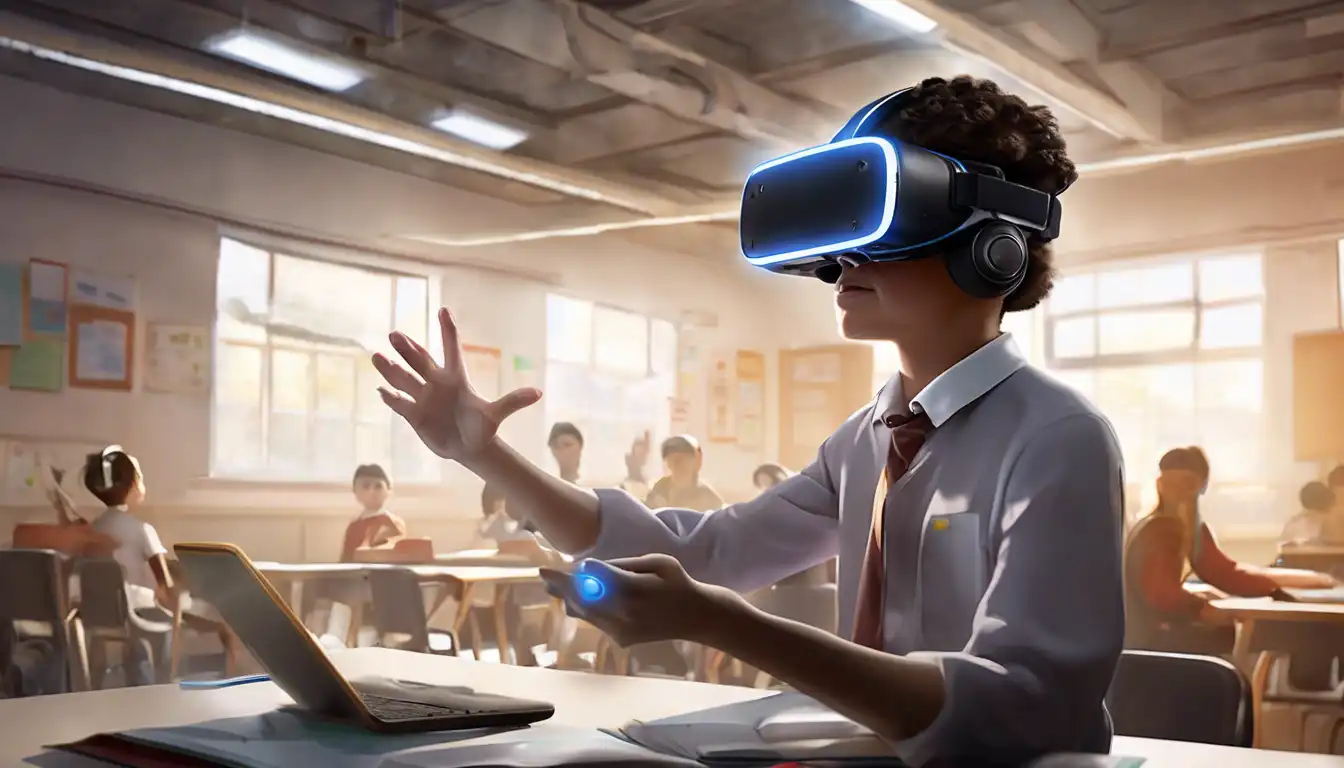The Transformative Impact of Virtual Reality on Learning and Development
Virtual Reality (VR) technology has rapidly evolved from a futuristic concept into a practical tool with the potential to revolutionize education and training. By creating immersive, interactive environments, VR offers unparalleled opportunities for experiential learning, making it a game-changer in both academic and professional settings.
Why VR in Education?
VR in education transcends traditional learning boundaries, enabling students to explore historical sites, dissect complex biological structures, or even conduct chemical experiments in a safe, controlled virtual space. This hands-on approach not only enhances understanding but also significantly improves retention rates.
VR in Professional Training
In the realm of professional training, VR simulations provide a risk-free platform for practicing surgical procedures, mastering public speaking, or operating heavy machinery. These realistic scenarios prepare individuals for real-world challenges without the associated risks or costs.
Benefits of VR in Learning and Development
- Engagement: VR's immersive nature captures learners' attention far more effectively than traditional methods.
- Accessibility: With VR, geographical and physical limitations are no longer barriers to high-quality education and training.
- Customization: VR programs can be tailored to meet individual learning styles and paces, offering a personalized education experience.
- Cost-Effectiveness: Over time, VR can reduce the need for physical materials and travel, lowering the overall cost of education and training programs.
Challenges and Considerations
Despite its potential, the integration of VR into education and training faces hurdles such as high initial costs, the need for technical expertise, and concerns over screen time. However, as technology advances and becomes more affordable, these challenges are increasingly being overcome.
The Future of VR in Education and Training
The future of VR in education and training is bright, with ongoing advancements promising even more realistic and interactive experiences. As educators and trainers continue to explore VR's possibilities, its role in shaping the future of learning and development is undeniable.
For those interested in the intersection of technology and education, exploring augmented reality in education offers additional insights into how immersive technologies are transforming learning.
In conclusion, VR holds the potential to democratize education and revolutionize training across industries. By embracing this technology, we can unlock new dimensions of learning that were previously unimaginable.
